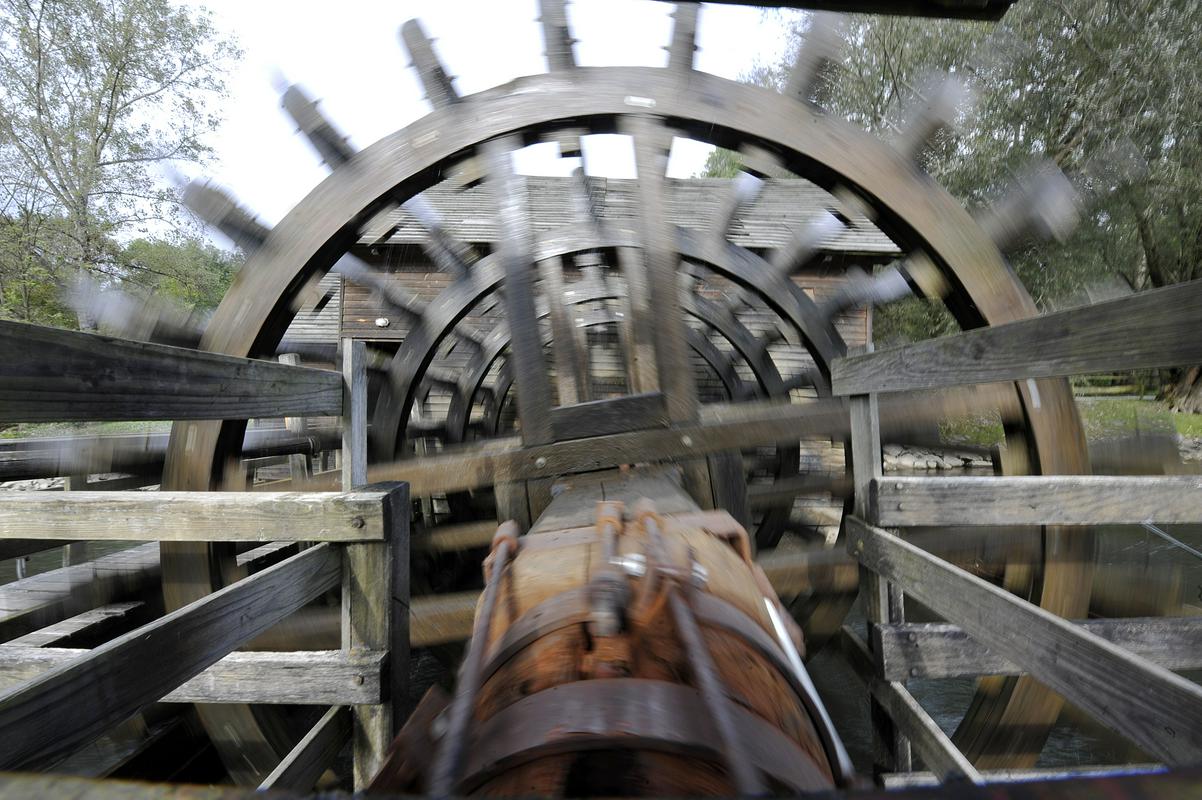The island on the Drava River is just a stone’s throw from Maribor. It was created at the end of the most recent Ice Age when sediments began to deposit and form an island near a narrowing in the river. As villages and towns appeared on the riverbanks, the island remained an oasis of unspoiled nature, and those who ventured there encountered only snakes and birds. The island even gave rise to local legends. According to one of them, the many snakes on the island only allowed humans to venture into their world after the locals threw three gold coins into the river to appease them. But even without the snakes, the area was dangerous; over the years, the rapids surrounding the island claimed many lives.
Everything changed in the late 1920s and the early ‘30s, when the authorities decided to transform the island into a recreational area for the people of Maribor. The first step involved the construction of a pontoon bridge. The beginnings were inconspicuous, as floodwaters washed away the bridge. But the bridge was rebuilt, and a complex of swimming pools eventually emerged on the island. During the warmer months, the young and the old alike flocked to Maribor Island; for many people, summers soon became unimaginable without hours spent swimming in the pools. The facility even introduced the people of Maribor to previously unknown sports such as water polo.
The swimming pools fell into disrepair after Slovenia’s independence, but the facilities were recently spruced up, and Maribor Island is once again the town’s summer retreat of choice.
But despite the crowds that flock there, much of the island remains untouched. Much as it has been for centuries, it attracts birds that nest in its thick vegetation, including rare aquatic species that have made Maribor Island famous among birdwatchers. Fifteen different trees grow on the island, as do various flowers that add a touch of color to the undergrowth every spring. The island is also one of a few habitats of the rare three-leaved anemone in Slovenia.
Because of its natural diversity, much of the island was protected in 1951 and received a natural landmark status in the early 1990s. The protection will ensure that it remains one of the best examples of wild nature on the doorsteps of a bustling town.


































































